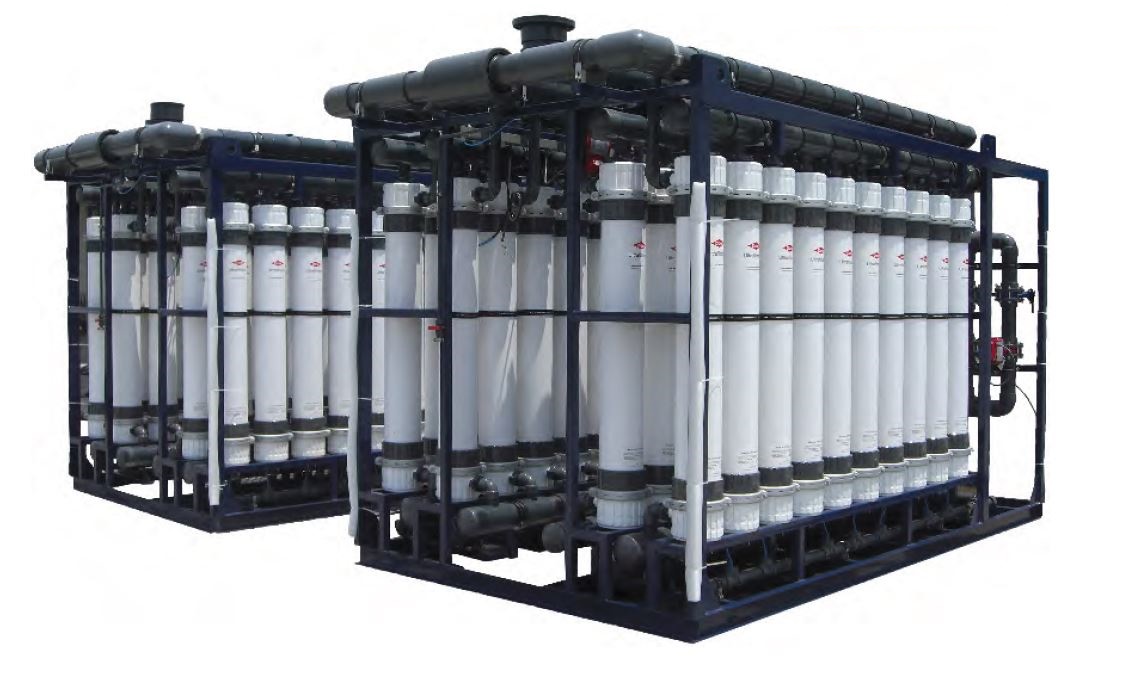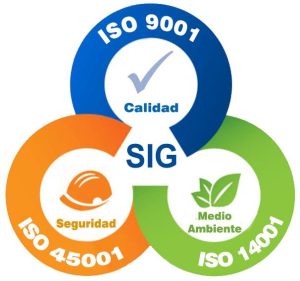Ultrafiltration is a membrane filtration process that seeks to remove suspended solids, bacteria, viruses, etc., in order to produce water with a very low amount of sediment. This membrane can retain particles of 0.001 – 0.1 μm microns in a fluid, presenting a smaller pore size than micro-filtration membranes, but more open than nano-filtration and reverse osmosis membranes.
When is it recommended to use ultrafiltration?
This process is used in industry and in various applications that require obtaining water with a very low solid content. Some typical uses are:
- Surface water treatment.
- Reverse osmosis feed water pre-treatment.
- Tertiary treatment for reuse of treated wastewater.
- Industrial and municipal wastewater.
How does ultrafiltration work?
Ultrafiltration works like a conventional filtration process by retaining particles by a size exclusion mechanism. However, given its extremely small pore size, it is also possible to retain some high molecular weight solutes, such as complex organic molecules, compounds that give water color, bacteria, viruses, etc. There are different types of membranes used, such as those presented below:
Flat Sheet: Also known as spiral wound. They are formed from flat sheets and configured in plate membrane stacks or spiral wound cartridges, maximizing filter area.
Hollow fiber: they are configured in modules that contain several tubes or fibers of small diameter (from 0.6 to 2 mm). The solution flows through the open fiber cores and the percolated liquid is collected in a cartridge that surrounds the fibers.
Tubular: they are membranes similar to hollow fiber, but with larger tubes. They are generally used for wastewater applications, for viscous or very poor quality liquids.
Ecopreneur has more than 21 years of experience in ultrafiltration and membrane technologies in general, if you require more information, do not hesitate to contact us.




